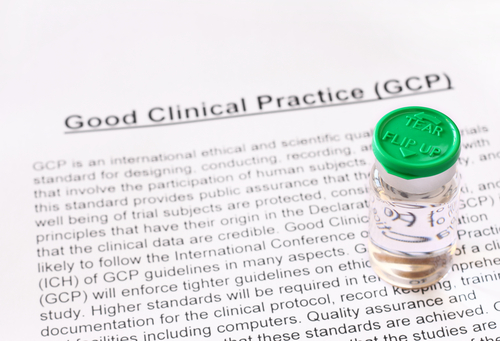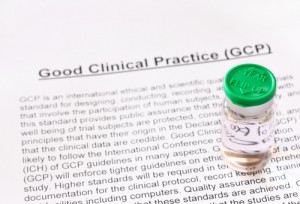Pulmonary Hypertension Treatment Guidelines Updated At Recent ACCP Meeting

 At the recent American College of Chest Physicians’ (ACCP) meeting, Darren Taichman, MD, PhD, executive deputy editor of the Annals of Internal Medicine, together with a colleague, presented updated information concerning diagnosis and treatment of pulmonary hypertension, based on what is known as evidence-based clinical practice guidelines.
At the recent American College of Chest Physicians’ (ACCP) meeting, Darren Taichman, MD, PhD, executive deputy editor of the Annals of Internal Medicine, together with a colleague, presented updated information concerning diagnosis and treatment of pulmonary hypertension, based on what is known as evidence-based clinical practice guidelines.
Pulmonary hypertension (PH) is characterized by increased blood pressure in lungs’ vasculature. Accordingly, so that the blood flow can progress, the heart must make an extra effort to pump blood to the lungs. As a consequence, the extra workload performed by the heart induces hypertrophy in the hearts’ right ventricle, causing right heart failure.
At the meeting, Dr. Taichman and colleagues highlighted the complexity of PH disease, which requires an accurate diagnosis so that a specific and effective treatment regimen can be applied. They presented the most updated information concerning classification and treatment of PH.
[adrotate group=”4″]
PH as classified by the World Health Organization (WHO) Functional Classification (FC) is still considered useful to clinicians. The functional classification distinguishes patients by the degree of disease severity. These are:
Group I – patients have ordinary activity, no limitations or symptoms
Group II – patients may have ordinary activity, with slight limitations due to symptoms like shortness of breath, chest pain, fatigue and near-syncope
Group III – patients have less than ordinary activity, more symptoms, and perhaps even presyncope with marked limitations
Group IV – all activity is limited, and patients may even have symptoms at rest
[adrotate group=”3″]
Treating PH is performed via a wide range of medicines that include endothelia receptor antagonists, soluble guanylate cyclase stimulators, phosphodiesterase-5 inhibitors, and intravenous therapy. Specifically, for the most severe forms of PH designated by WHO FC as group III and group IV, the speakers highlighted:
Group III – patients within this group that will receive their first treatment, the authors advise monotherapy with ambrisentan, bosentan, macitentan, riociguat, sildenafil, or tadalafil. However, patients with severe symptoms and escalating in disease progression should be treated with intravenous or subcutaneous parenteral prostanoid.
Group IV – patients within this group are advised to follow a parenteral prostanoid monotherapy. As an alternative, patients can be administered a combination of inhaled prostanoid and an endothelin receptor antagonist.
Isolate points addressed by the authors include influenza and pneumococcal vaccinations that are valuable in PH patients, as well as supplemental oxygen during air travel. Nonessential surgery and pregnancy should be avoided.
ACCP guidelines are continuously updated, via rigorous monitoring of published literature. Guidelines will be available at websites instead of being published in journals. Daniel Oulette, MD, FCCP, leader of ACCP’s guideline oversight committee noted, “There will be a Web page for each of the guidelines with links to supportive text and supportive evidence tables…These are living guidelines.”







